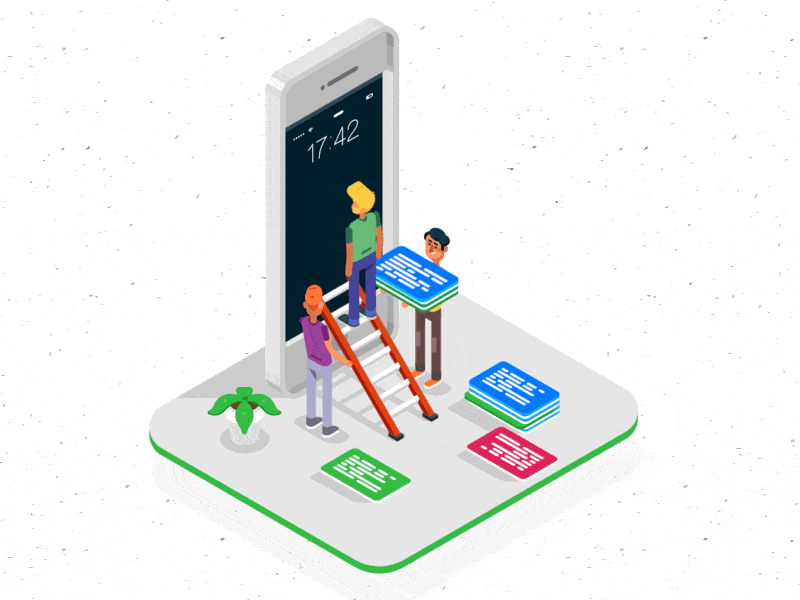
OVERVIEW
This Android Programming course teaches more advanced programming topics for the Android platform. Students will learn to use database and network in their programs. This Android Programming course is ideal for developers who want to take their Android skills to the next level.
The main focus of this Android Programming course is to tech students how to develop the GUI for an Android based application. This Android Programming course is ideal for Java developers to get a quick entry into the Android platform.
To succeed fully in this course, students should be able to program Java applications. Basics of Android Applications meets this requirement.


